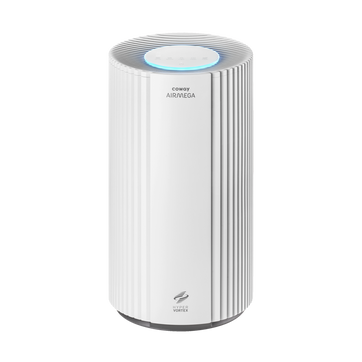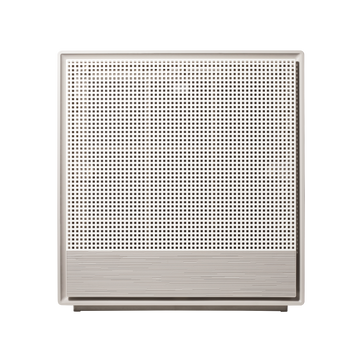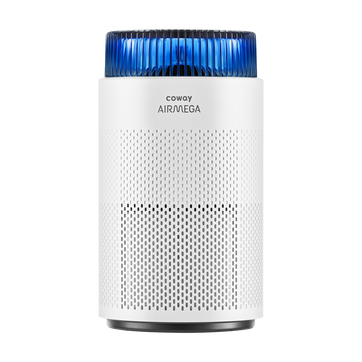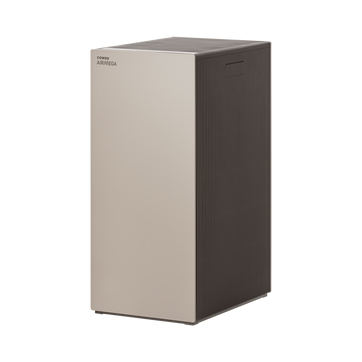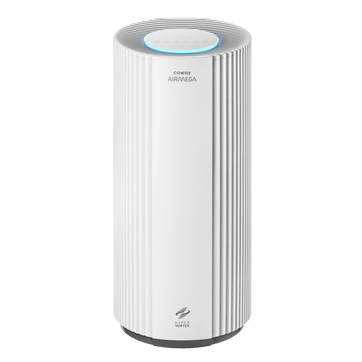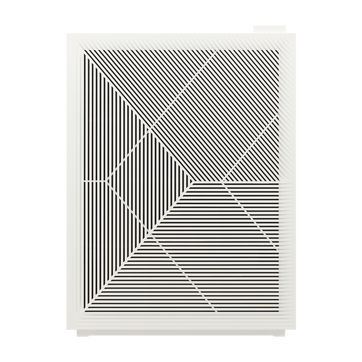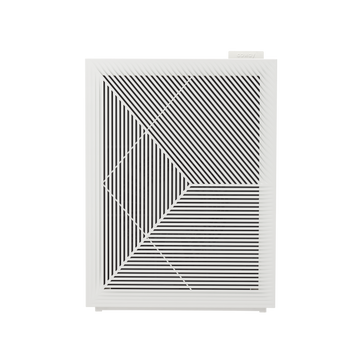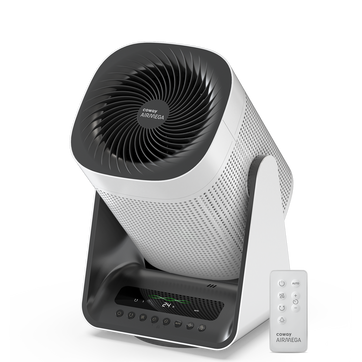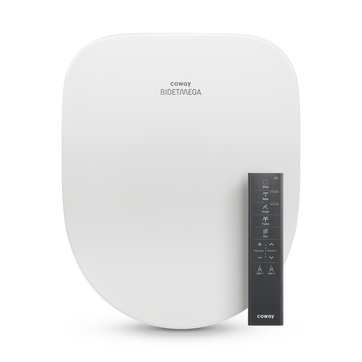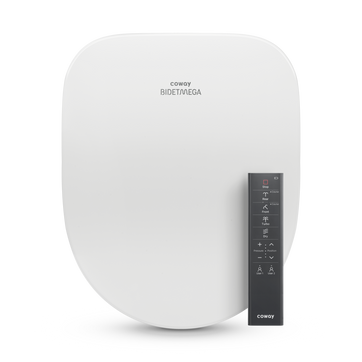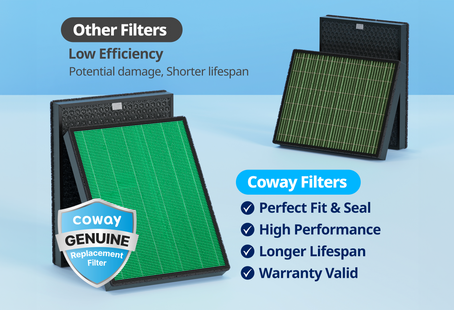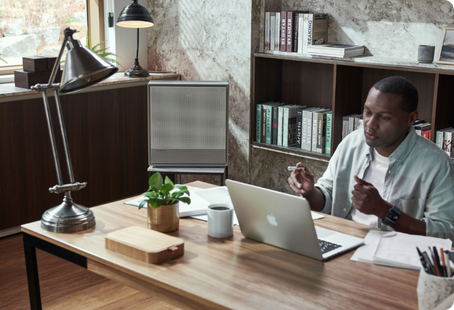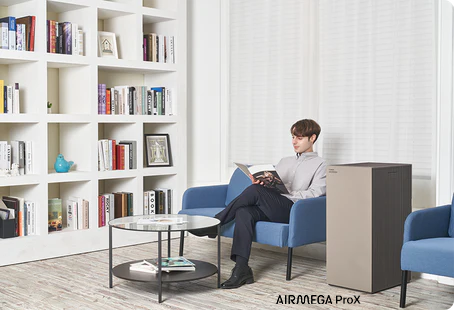
How climate change affects air quality
People often think climate change and global warming are the same thing. While these phenomena are different things, it’s not surprising that the terms get used interchangeably because there’s interdependence between the two. So how do they work together to impact air quality?
The greenhouse effect
Global warming started during the Industrial Revolution when manufacturing began to burn fossil fuels and create air pollution. As factories—and later cars and more—emitted toxic fumes, the gases became trapped in the earth’s atmosphere. This led to the “greenhouse effect.” The sun warmed Earth as always, but now it was also warming the trapped gases, which in turn radiate heat back down to the surface.
The greenhouse gases created a seal around the planet. Everything under this seal began to warm up. The increased global temperature then led to severe weather events and, eventually, to the acknowledgement that the planet’s entire climate is changing.
Cycle: air pollution, global warming and climate change
This became a dangerous cycle that is still in effect: Air pollution leads to higher global temperatures. The increased temperatures exacerbate climate change. Then climate change intensifies some types of air pollution. The ongoing cycle causes both the climate and air quality to deteriorate.
Climate change brings more mould and pollen
After the problem of intensified air pollution, climate change also impacts air quality through more extreme weather, like flooding and other events. Increased flooding results in higher levels of mould in people’s homes. Also, rising temperatures, in both the oceans and on land, create warmer air. In tough news for allergy sufferers, warmer air produces more pollen.
Together people can change direction
In the video, Air Quality: A Tale of Three Cities, Dr. Bryan N. Duncan, a NASA scientist, reviews the history of air quality in Beijing, Los Angeles and Atlanta. It’s a fascinating story that offers some good reasons to be optimistic.
In the case of Los Angeles, for instance, some forms of air pollution have actually decreased in recent decades. Dr. Duncan cites the government’s requirement to install catalytic converters in all automobiles as one of the technologies that made cleaner air possible. Indeed, a car today is approximately twenty times less polluting than a car that rolled off the assembly line in 1960. For the car culture of Los Angeles, this proved to be air changing.
Protect your air
While the global community will determine the quality of air we all share, the Coway Airmega air purifier can remove up to 99.97 percent of particles measuring as small as 0.3 microns in your home. These particles include pollen, pollutants and other allergens that cause irritation. Please note that the percentage of particle removal is based on the True HEPA filter standard. The exact level of removal depends on indoor air quality and the operation of the individual unit.
Disclaimers
1Coway air purifiers has been proven to trap dust, pollen, dander, viruses and bacteria in the air based on KCL (Korea Conformity Laboratories) testing.They have been tested in a 30㎥ size chamber according to the Korea Air Cleaning Association standard (SPS-KACA 002-132:2022 Modified) to measure the 0.01㎛ size of particle removal rate. It was tested on maximum airflow speed in normal room temperature and humidity conditions. The performance may vary in the actual living environment of customers.
→ Tested with Airmega Aim, 150, 160, AP-1216L, AP-1512HH, AP-1512HHS, 200M, Icon, IconS, 230, 240, 250, 250 Art, 250S, 300, 300S, 400, 400S, ProX
299.97% of viruses, bacteria, fungi and pollen were verified to be removed from the air for Coway air purifiers which have Green True HEPA™ filter applied based on the Japan Food Research Laboratories(JFRL) testing according to JEM 1467 standard.
→ Tested with Coway Airmega AP-1512HH, AP-1512HHS, 250, 250 Art, 250S, 300, 300S, 400, 400S
→ All tested by JFRL and received above result within below time.
All tested by JFRL and received above result within below time.
- Virus: Tested with Escherichia coli phage ΦX174 NBRC 103405, 60 minutes
- Bacteria: Tested with Staphylococcus epidermidis NBRC 12993, 60 minutes
- Fungi/Mold: Tested with Penicillium citrinum NBRC 6352, 60 minutes
- Pollen: Tested with Cedar Pollen extract, 60 minutes
3Aerosol test conducted in a Biosafety level 3 laboratory with two Coway air purifier models, Coway Airmega 250 and 400 for removal of SARS-CoV-2 Aerosol by US based MRI Global, a not-for-profit laboratory and partner of US Department of Defense. The test was conducted in a 13.1ft3 chamber. Virus was aerosolized for 15 minutes and the product was turned on high for 2 minutes. Result showed each product effectively removed over 99.98% of the SARS-CoV-2 in 2 minutes. This is a result from a laboratory experiment condition and result may vary in different conditions. This result does not imply it kills SARS-CoV-2 or prevents the transmission of Covid-19. Coway Airmega 250S and 400S are identical to the tested models and has equal performance with an additional mobile connectivity function.
4The concentration of ammonia, acetaldehyde and acetic acid were proven to be removed within 30 minutes by FCG Research Institute, Inc. Human Life Science Lab. It is not a demonstration result in the actual use space. Not all odors and gases may be supported. → Tested with Coway Airmega 150, 160, AP-1512HH, AP-1512HHS, 400, 400S
5The coverage area of the air purifier is based on an area where the air cleaner can make two air changes per hour (ACPH). An air change per hour translates to how many times an air purifier can clean an area, assuming the height of a ceiling to be 8 ft, in one hour. Therefore ** means two air changes per hour means that the cleaner can clean the area once every 30 minutes and * means air changes per hour means that the air purifier can clean the area once every 60 minutes.
10Terms and conditions apply. Discounts, including promotions, coupons, bundle discount and subscription discount, cannot be stacked on top of other coupons. During promotional periods, discount codes will not be able to be applied to orders. Promo codes may apply to products only—filters, accessories, and new products within 3 months of the release date are not included.
